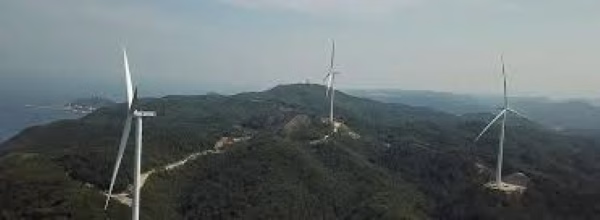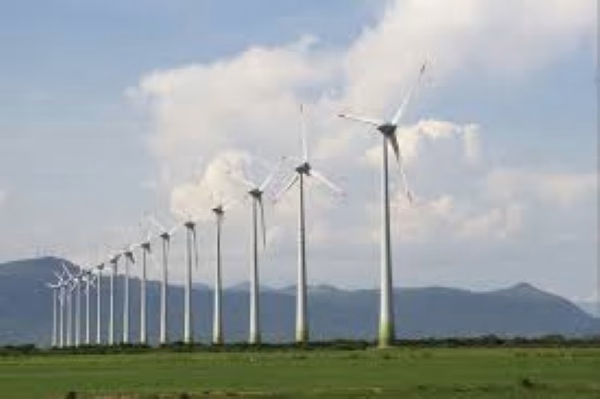South Korea Ministry of Climate and Energy (MOTIE) has launched a fixed-price competitive bidding tender for onshore wind totaling 230 MW as part of push to deepen its renewables footprint amid rising energy security and decarbonization goals. According to the Korea Energy Agency, applications open from November 17 to December 29, 2025, with winners likely to be announced around February 2026. South Korea set the highest allowable bid price for this tender at KRW 163,846/MWh (US$112/MWh). The ceiling price, according to energy spectators, reflects the country’s decreasing onshore wind costs. This in part points to the South Korean government’s confidence that developers can offer cheaper electricity than in previous tender rounds. Additionally, the country’s planned offshore wind bidding is still in the ‘consultation’ phase as the ministry of climate and energy works through permitting.
South Korea 230 MW Onshore Wind Tender Overview
South Korea’s 230 MW onshore wind tender shows renewed interest in onshore wind development, a segment that has often been secondary to Korea’s high-profile offshore wind developments like Ørsted 1.4 GW Incheon offshore wind project and the Anma offshore wind farm with a 1,400 GWh annual production capacity.
The tender also supports the government’s broader aim of procuring 2.25 GW of renewables in 2025, including offshore wind and solar, as per May 2025 procurement plans.
Additionally, by offering 20-year fixed-price contracts, the South Korean government aims to attract developers capable of delivering low-cost dependable onshore capacity.

South Korea 230 MW Onshore Wind Tender Opportunities and Risks
Opportunities
For developers, the 230 MW onshore wind tender by South Korea is a bankable government-backed procurement opportunity.
The tender’s competitive two-stage evaluation featuring non-price and price stages also favors bidders committing to industrial and economic benefits. The evaluation also offers an opportunity for South Korea to increase its domestic wind economy.
Onshore wind projects also arguably face slightly lower regulatory and cost issues compared to offshore ones. This increases their chances of eloping with smaller or mid-size players.
Risks
Though set with falling levelized cost of electricity (LCOE) in mind, the KRW 163,846/MWh (US$112/MWh) upper limit bid price may still squeeze margins, particularly for new participants.
Additionally, though remotely tied to the onshore wind tender, the developing offshore counterpart remains uncertain. Its permitting and defense reviews are still ongoing, and delays could affect investor confidence in the long run.
The 230 MW capacity target is also relatively modest when put in the perspective of Korea’s long-term wind targets. This might raise questions about scaling.
All in all, if successfully bid, South Korea’s 230 MW tender will help grow the country’s onshore wind market.

